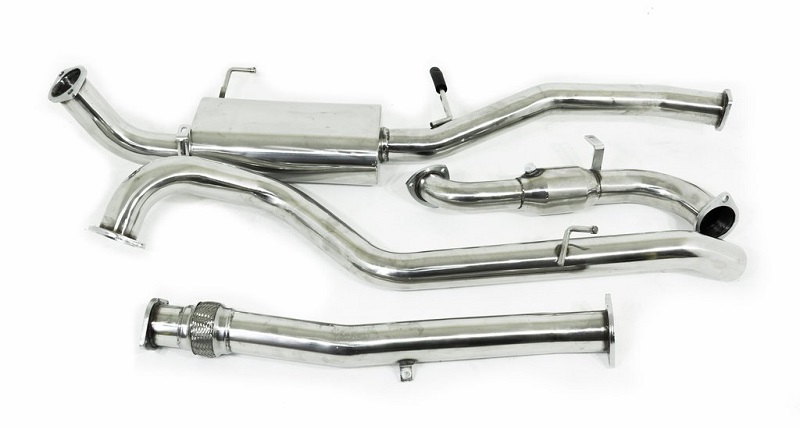Nissan Navara: Performance and Fuel Gains With an Aftermarket Exhaust
Nissan is one of the most prominent UTE manufacturers, and Australians seem the be favoring it more than almost every other UTE available on the Australian market. The Nissan Navara is one of the most popular models, as it combines premium riding comfort with toughness, smart technologies and modern, sleek styling. All of this, plus the wide availability of aftermarket parts have made the vehicle one of the favorites for both on and off-road riding.

However, as is the case with most UTEs available nowadays, Nissan has left plenty of room for improvement, and one of the best ways to improve performance and fuel economy is with aftermarket Nissan exhaust systems. This is simply because stock exhaust systems are made usually quiet, offer decent ground clearance, are unassuming and are made of mild steel, which can rust and corrode relatively quick. Most of the time, stock exhausts force the engine to work harder than it should, as stock exhausts feature small pipe diameters that have sharp bends.
On the other hand, aftermarket Nissan exhaust systems are made of aluminised or quality stainless steel, both of which are extremely rust and corrosion resistant. Furthermore, they feature much larger pipes, as well as mandrel bends which allow for much better gas flow. In other words, more oxygen gets to the engine while exhaust gases also leave the pipes much faster. This results in improved performance and improved fuel burning ratio. Furthermore, aftermarket exhaust systems are built with performance improvements in mind, whereas stock exhausts are made with cost-saving and the bare minimum required.
There are three types of aftermarket exhaust systems you’ll come across – axle-back, header-back, and cat-back. The difference between them is in how much of the exhaust system they replace. Their name should clear this up, but in case you aren’t that familiar with exhaust systems, here’s a brief explanation of all three types.
Axle-back exhaust systems deliver the least performance and fuel economy gains, due to the fact that they only replace parts from the exhaust tip to the rear axle. These exhaust systems are easy to install and alter the way your Nissan sounds
Cat-back exhaust systems deliver moderate performance and fuel economy gains, and they replace everything from the catalytic converter to the exhaust tip. These systems are emissions-legal as they retain the use of stock catalytic converters
Header-back exhaust systems deliver most performance and fuel economy gains, as they replace the entire systems. They are more expensive, of course, and they’re harder to install. Furthermore, you need to ensure that you’re within legal emission requirements, as they also replace the stock converter. However, many header-back exhausts have the benefit of including high-flow catalytic converters, which further improve your vehicle’s performance.






